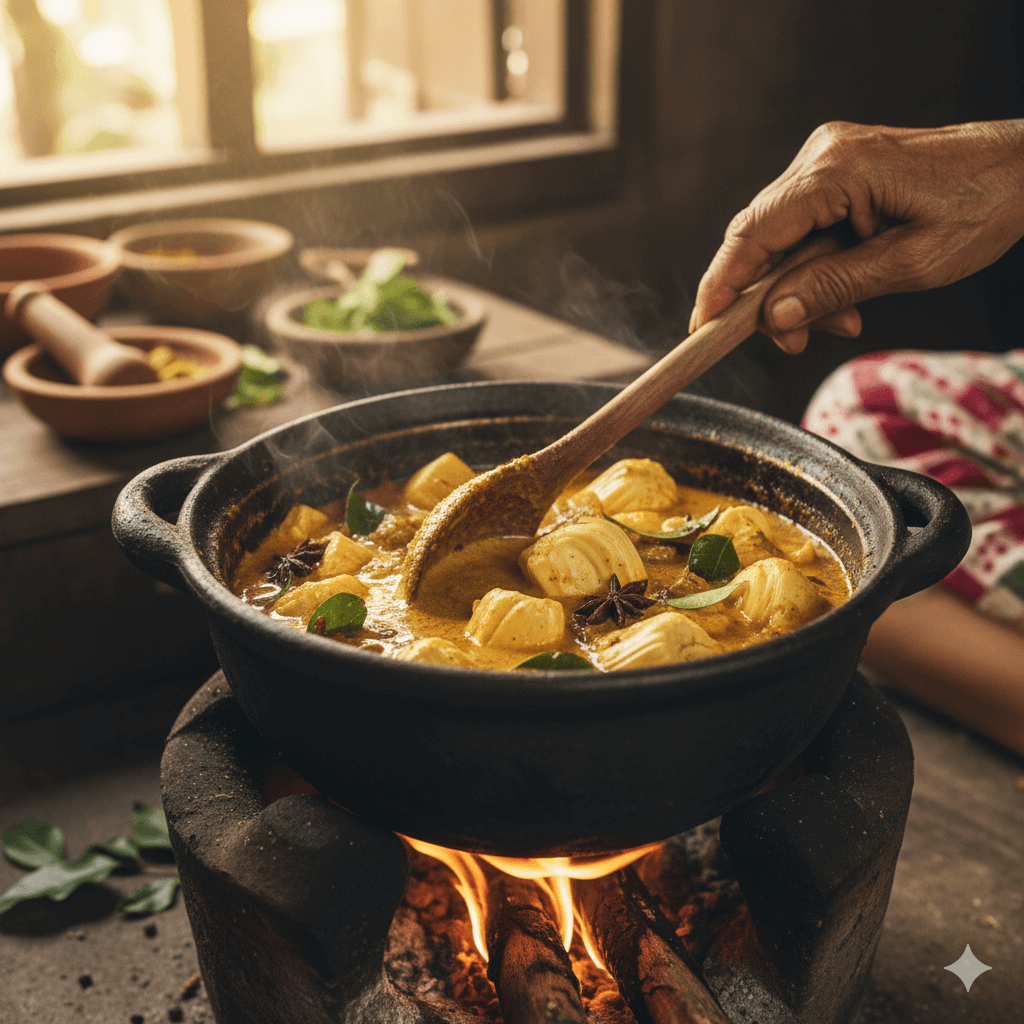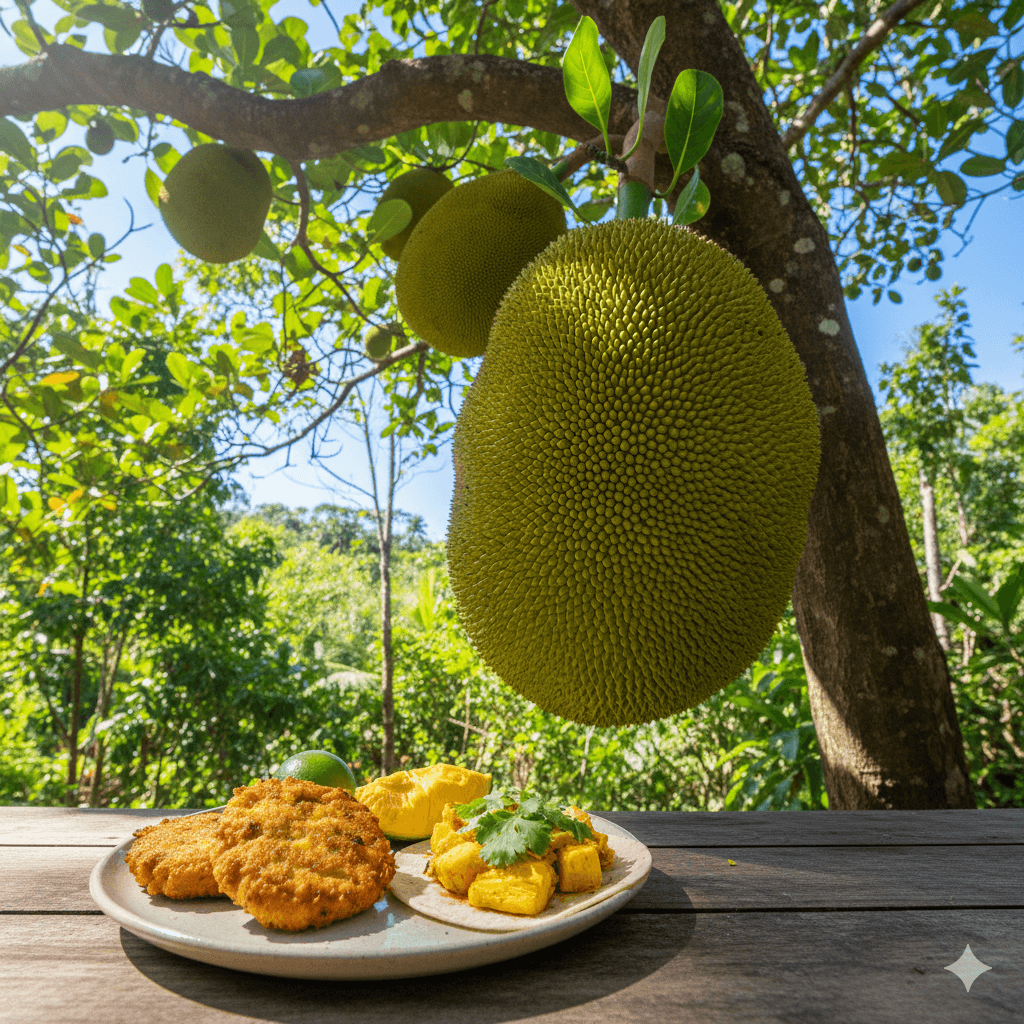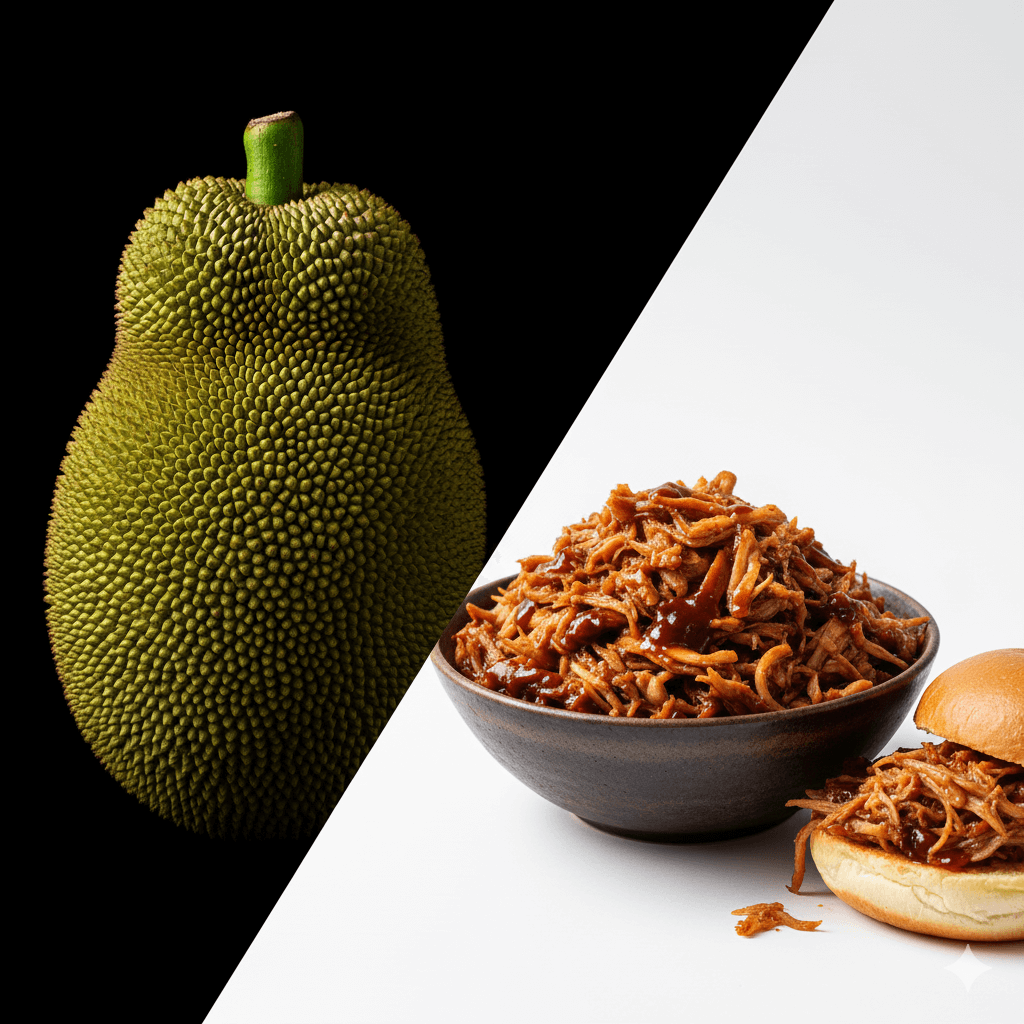Some foods hide in plain sight for centuries before the world finally pays attention. Jackfruit is one of them — a massive, spiky tropical fruit that looks intimidating but tastes like possibility. Once considered humble farmer food across South and Southeast Asia, it’s now having a global moment as a meat substitute that’s both natural and sustainable.
Jackfruit’s rise isn’t just about trends; it’s about timing. The world is looking for plant-based alternatives that don’t feel like compromise. Jackfruit delivers because it doesn’t pretend. Its texture — stringy, tender, and slightly chewy — mimics pulled pork or shredded chicken effortlessly. The flavor is mild, soaking up spices and sauces like it was born to be versatile.
For centuries, rural communities in India, Bangladesh, and Sri Lanka have treated jackfruit as a staple, not a novelty. Ripe jackfruit is sweet, eaten fresh or turned into desserts. Unripe jackfruit, known as “young jackfruit,” is savory gold — cooked in curries, stews, or fried into fritters. What the rest of the world calls innovation, these communities call lunch.
Cooking with jackfruit starts with understanding its stages. Ripe jackfruit glows yellow inside and tastes like a blend of mango, banana, and pineapple. It’s perfect for smoothies or fruit bowls. The unripe version, pale and firm, is what’s used in savory dishes. Most home cooks buy it canned in brine for convenience — less mess, more consistency.
To recreate a vegan pulled “pork,” drain the brined jackfruit, shred it with a fork, and sauté with onions, garlic, smoked paprika, and barbecue sauce. Let it caramelize slightly until edges crisp. Serve it on buns with coleslaw and you’ll convert skeptics before they know what hit them. The secret is texture — don’t overcook or it turns mushy.
In Asian cooking, jackfruit finds a hundred other roles. It’s simmered in coconut milk with spices in Kerala, stir-fried with chili in Thailand, or grilled on skewers in Vietnam. Each dish highlights how adaptable the fruit is to local flavor. Its neutral taste is a blank canvas for creativity — it can go smoky, spicy, or tangy depending on your imagination.
Health-wise, jackfruit earns its crown. It’s high in fiber, potassium, and vitamin C, while low in calories and fat. Unlike most meat substitutes, it’s unprocessed and sustainable. A single tree can
bear hundreds of fruits, feeding entire families. It thrives in tropical climates with minimal care— nature’s version of efficiency.


But what truly makes jackfruit special is how it changes perception. It shows that eating consciously doesn’t mean sacrificing pleasure. There’s comfort in biting into something hearty and flavorful that didn’t require an animal to exist. It’s proof that food can be kind and delicious at the same time.
Next time you pass it at an international grocery store, don’t be intimidated by its size or spikes. Inside lies one of the most versatile ingredients on the planet — an ancient fruit quietly saving the future of food, one meal at a time.

